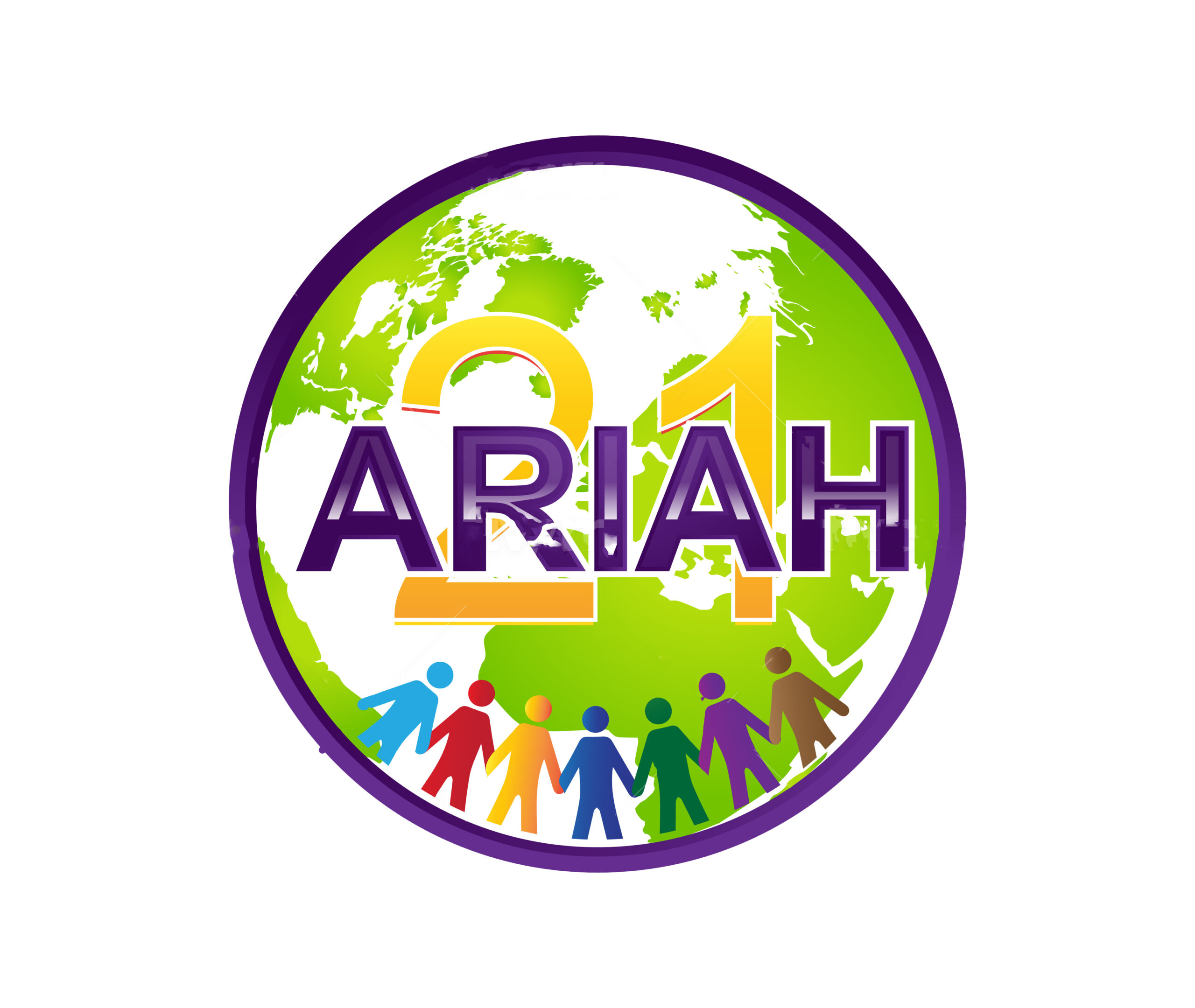By Brianna Nelson
Children with special needs often benefit from educational approaches that go beyond traditional classroom methods. These alternative techniques can help unlock potential and create more inclusive learning environments. Here are several effective approaches that parents, educators, and therapists can implement to enhance learning capabilities for children with special needs.
Multisensory Learning
Multisensory techniques engage multiple senses simultaneously, creating stronger neural connections. These approaches are particularly effective for children with dyslexia, ADHD, and sensory processing disorders.
For example, teaching the letter ‘A’ might involve tracing the shape in sand (tactile), saying the sound aloud (auditory), looking at visual representations (visual), and even forming the letter with body movements (kinesthetic). This comprehensive approach helps information process through multiple pathways in the brain.
Music-Based Interventions
Music therapy has shown remarkable results for children across various spectrums of special needs. Rhythm, melody, and harmonies can help with:
- Memory retention through songs that incorporate educational content
- Speech development through vocal exercises and singing
- Emotional regulation by using music to express feelings
- Motor skills development through playing instruments or movement to music
Technology-Assisted Learning
Assistive technology and specialized apps can transform learning experiences:
- Text-to-speech software for students with reading difficulties
- Speech recognition programs for those with writing challenges
- Visual scheduling apps for children with autism to understand daily routines
- Virtual reality environments for safe practice of social skills
Nature-Based Education
Taking learning outdoors provides benefits beyond traditional classroom settings:
- Reduced anxiety and stress in natural environments
- Improved attention spans and reduced hyperactivity
- Concrete, hands-on learning opportunities for abstract concepts
- Development of independence and problem-solving skills in unstructured settings
Play-Based Learning
Structured play experiences create engaging learning opportunities:
- Building blocks and construction toys to teach spatial awareness and physics
- Board games modified to reinforce academic skills
- Role-playing scenarios to develop social skills
- Sensory bins with themed materials to teach concepts through exploration
Movement-Integrated Learning
Physical movement incorporated into lessons helps children who struggle with traditional seated learning:
- Standing desks or flexible seating options
- Brain breaks with targeted movements to refocus attention
- Exercise balls as alternative seating to allow productive movement
- Lessons that incorporate whole-body responses and gestures
Personalized Interest-Based Curriculum
Leveraging a child’s special interests can dramatically increase engagement:
- Teaching math using a child’s interest in trains or dinosaurs
- Developing reading comprehension through books on topics they’re passionate about
- Creating writing assignments centered around their favorite activities
- Designing science experiments related to their collections or obsessions
Conclusion
There is no one-size-fits-all approach to teaching children with special needs. The most effective strategy often involves combining multiple methods tailored to each child’s unique learning profile. By thinking beyond traditional educational models and embracing these alternative approaches, we can help all children reach their full potential.
The journey may require patience, creativity, and flexibility, but the rewards are immeasurable when we see children with special needs thrive through methods designed specifically for how they learn best.



